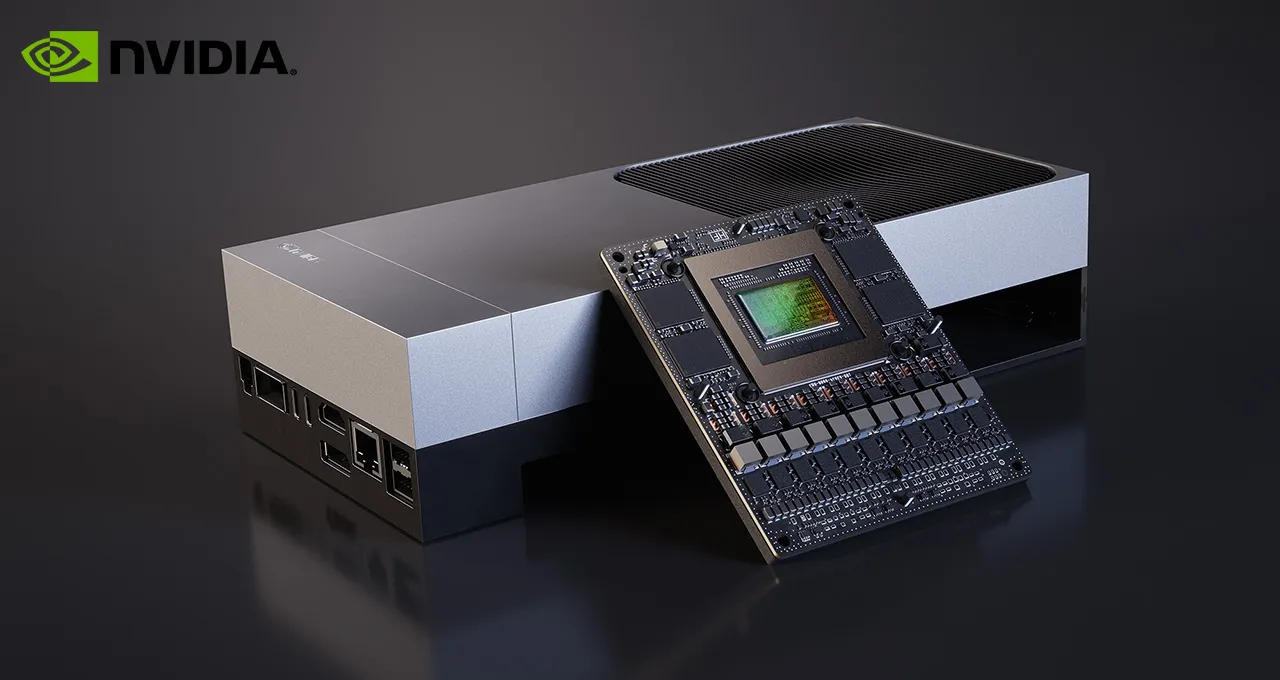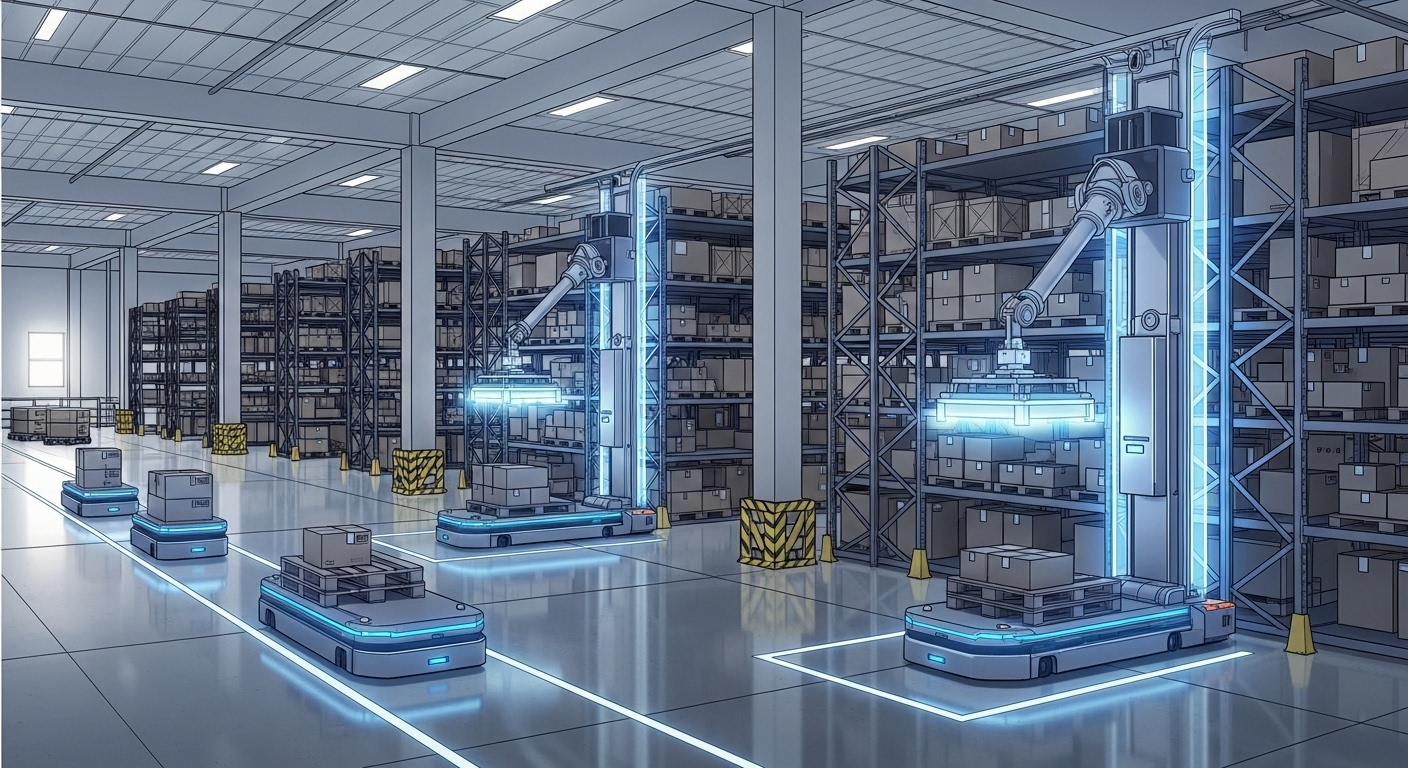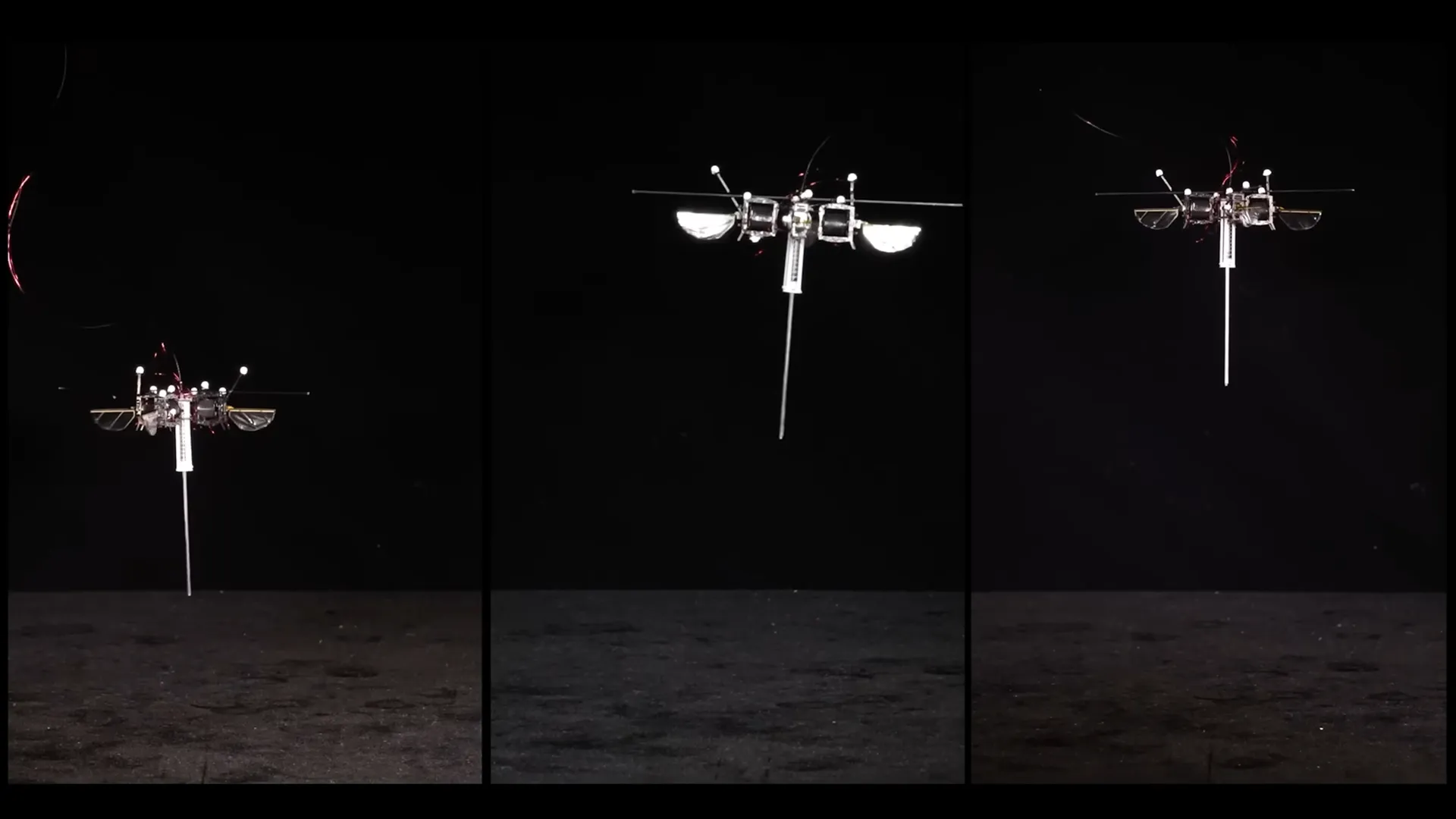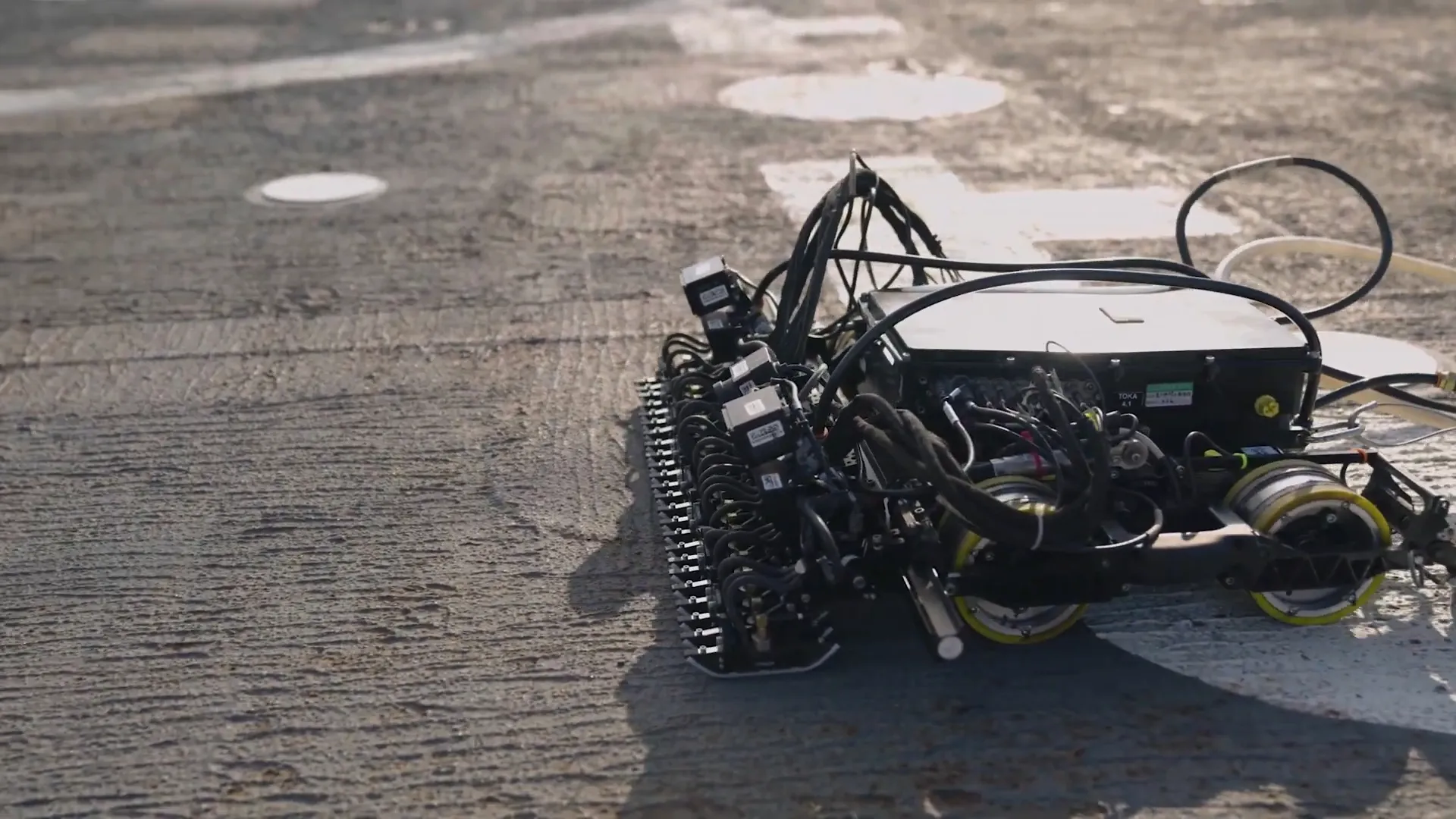- Why is humanoid expensive?
- A look a functional actuator and high-end actuator
- Price of LiDAR sensors, materials, and GPU cost
- The price of human labor
The promise of a robot co-worker or a personal assistant has never been closer to reality. Yet, as sleek new humanoids step onto the global stage, a glaring question remains: Why are they so expensive?
The cost is a spectrum of extremes. On one end, you have the industrial titans, with prototypes costing $150,000 to over $500,000. Then, we see the future being aggressively pulled forward by companies like Figure AI, which targets an aggressive retail price of under $20,000 for its new Figure 03 model. Even more astonishingly, startups like Noetix Robotics have unveiled a consumer-oriented humanoid, Bumi, priced at around $1,400.
This vast price difference tells the story of robotics today: the high cost is not in the vision, but in the relentless engineering required to give a machine human-like capability.
Let's peel back the layers of a humanoid's anatomy— from its muscles and sensors to its brain, skeleton, and power system — and see where all that money really goes.

The Iron Heart of a Humanoid: Actuation
The single, most dominant expense in a humanoid robot is its muscles and joints, collectively known as the Actuation system. This component block accounts for a staggering 40% to 60% of the robot's total cost.
A highly-articulated humanoid requires dozens of high-precision electric actuators (motors, gearboxes, and integrated sensors) to mimic the smooth, powerful, and safe movements of a human being. A full-size robot may have over 20 to 40 joints, each demanding a bespoke, high-torque, low-backlash mechanism.
A single humanoid robot may require 40 to 60 of these high-end, integrated joints. If each joint costs $2,000, the total actuation cost alone could be $80,000 to $120,000. This makes the actuator cost the primary target for engineers seeking to make humanoids commercially viable, with the goal being to drive the price into the range of hundreds of dollars per unit through radical redesigns and mass-scale production.
The Price of Sight: LiDAR Sensors
If actuators are the muscles, sensors are the senses — and humanoids need plenty of them to function.
For vision, most use RGB-D cameras like Intel’s RealSense D435, priced around $150–$350 each. These give the robot both color and depth information, helping it understand its surroundings.
For spatial awareness and mapping, higher-end robots add LiDAR (Light Detection and Ranging) systems. A compact spinning LiDAR still costs $800–$5,000, while high-resolution units can reach $30,000 or more.
To maintain balance, humanoids rely on IMUs (Inertial Measurement Units) — small sensor boards that detect acceleration and rotation — typically $50–$200 each. Meanwhile, force/torque sensors placed in the wrists or ankles can range from $500 to $5,000 depending on precision.
Even tactile sensors, used to give robots a sense of touch, add up fast. A pressure-sensitive skin patch might only cost $50, but covering a full hand or arm could push the total into the thousands.
All told, a modest research humanoid might spend $2,000–$10,000 on its sensory system. A commercial-grade humanoid? Easily $20,000+, and that’s before considering calibration and integration costs.
To build a high-fidelity map of its environment and avoid collisions, a humanoid often relies on LiDAR (Light Detection and Ranging) sensors. The cost of a LiDAR unit is a direct reflection of its performance:
The Digital Brain: Expensive Thinking
Next comes the robot’s brain — the hardware and software that process sensory data and make decisions.
The newest player in the industry to watch is the NVIDIA Jetson Thor. Thor is built on NVIDIA's Blackwell architecture and is explicitly positioned as "robot brain" silicon for next-generation physical AI. At its top end Thor delivers about 2,070 FP4 teraflops (TFLOPS) of AI compute power, pairs that GPU with up to 128 GB of LPDDR5X memory, and runs in a configurable power envelope roughly 40–130 W. That jump in raw AI throughput (NVIDIA says roughly 7.5× the FP4 compute of the previous Jetson AGX Orin) lets developers run much larger generative and perceptual models directly at the edge — which matters when low latency or offline operation is required. The Jetson AGX Thor developer kit was announced at a list price around $3,499, with production Thor modules (T5000 family) quoted at volume prices in the low-thousands per module.

Why does that matter for cost? Because the difference between a Jetson Orin-class board and a Thor module is not just a handful of dollars — it’s an order of magnitude of compute. That extra headroom can let a humanoid run heavier vision stacks, larger language or multimodal models, or multiple sensor pipelines in parallel — but it comes at a hardware price (and higher power and thermal design requirements) that must be paid in every unit.
For contrast, here are a few representative compute options you’ll see on the market — from tiny edge controllers up to datacenter GPUs — with typical price ranges:
The Skeleton: Strength in Every Curve
Underneath every humanoid’s polished surface lies its skeleton — a complex structure of joints, plates, and supports that must balance three opposing forces: strength, weight, and manufacturability.
Building a humanoid body isn’t as simple as welding a metal frame together. Each limb needs to be strong enough to bear weight, light enough to move quickly, and precise enough to align actuators, sensors, and wiring within tight tolerances. That’s why materials science is such a crucial — and expensive — part of the robot’s design.
Most modern humanoids rely on aluminum alloys. These aerospace-grade metals are popular because they’re light, easy to machine, corrosion-resistant, and offer excellent stiffness-to-weight ratios. A sheet or bar of 6061-T6 aluminum might cost $5–$8 per kilogram, but the real expense comes from CNC machining, which can add $50–$150 per part depending on complexity.
For prototypes or small production runs, machining remains the go-to approach because it’s flexible — you can revise designs quickly without paying for molds. But that flexibility drives up cost: cutting, finishing, and assembling dozens of custom aluminum parts adds thousands to each unit.
High-end humanoids sometimes incorporate titanium alloys in joints or load-bearing components. Titanium offers roughly twice the strength of aluminum for the same weight but costs nearly 10t times more per kilogram, and machining it is notoriously slow and tool-wearing. It’s a material choice reserved for robots that need exceptional durability or payload capacity.
The Beating Heart: Power and Batteries
Humanoids aren't plugged in all the time. They need portable power, and that's not easy when each joint can draw several amps under load.
Most humanoids today rely on lithium-ion battery packs, the same chemistry used in electric vehicles and drones. They offer the best balance between energy density, weight, and recharge cycles. A typical mid-sized humanoid might use a 48 V pack rated between 500 Wh and 2 kWh, depending on how many motors and processors it must sustain, providing at least 80-120 minutes of operation time at least.
In terms of cost, that translates to anywhere from $300 to $2,000 for a high-quality, safety-certified pack, with larger prototypes using custom cells that can double that price once protection circuits, balancing boards, and enclosures are factored in.
But batteries are only part of the story. Power delivery inside a humanoid is a web of motor drivers, converters, fuses, and distribution boards — the quiet electronics that ensure stable voltage to dozens of high-torque actuators. These supporting components often add another $500 to $3,000 depending on the robot’s scale and complexity. Designing them requires careful electrical engineering: too little power and the robot stumbles; too much, and components overheat. For all the attention given to AI and sensors, it’s this hidden electrical architecture — the beating heart beneath the shell — that keeps the humanoid alive.
The Soul of the Machine: Software, Testing, and Safety
When you tally up everything — the actuators, the sensors, the AI brain, the power system, and the skeletal frame — the true price of a humanoid comes into focus. It’s not just a machine made of motors and metal; it’s an ecosystem of precision engineering and iterative design, where every improvement costs both time and money.
And then there’s the soul — the software that ties it all together.
Even the best hardware means little without software that gives it motion, perception, and intent. Developers spend thousands of hours fine-tuning inverse kinematics, balance control, path planning, and safety behaviors to ensure a humanoid doesn’t trip, crash, or injure itself. Each new motion must be tested in simulation, verified in controlled environments, and then field-tested for stability and reliability. Add fail-safes, redundant sensors, and safety certifications, and software becomes one of the most expensive and time-consuming parts of humanoid development.
Unlike mechanical parts, software never stops evolving — it needs constant updates, retraining, and validation as the AI models and sensors improve. This is why, even when the hardware cost plateaus, the total expense of operating and maintaining a humanoid keeps climbing.
The Final Reflection: What a Humanoid Is Really Worth
Humanoid robots sit at the intersection of imagination and engineering — where science fiction meets manufacturing reality. Every bolt, battery, and line of code hides a story of compromise: between strength and weight, intelligence and energy, speed and safety. Each small advancement — a quieter motor, a faster processor, a smoother gait — comes at a cost measured not just in dollars, but in time, precision, and persistence.
These machines are expensive because they’re ambitious. They’re not just built to work — they’re built to behave. A humanoid doesn’t merely move through space; it interprets it, adapts to it, and interacts with people who expect it to understand them. That's the unique selling point that every humanoid robot companies are thriving for.
As technology matures, prices may fall, and humanoids will eventually become more common and accessible — perhaps as helpers, coworkers, or even companions. But for now, they remain luxury feats of engineering, handcrafted glimpses of a future still being assembled one servo at a time.
Because building a humanoid isn’t just about making a machine that looks like us — it’s about giving metal the ability to move, think, and belong in a human world. And that, above all else, is why they’re so expensive.
How much would you pay for a humanoid?






